Articles
News
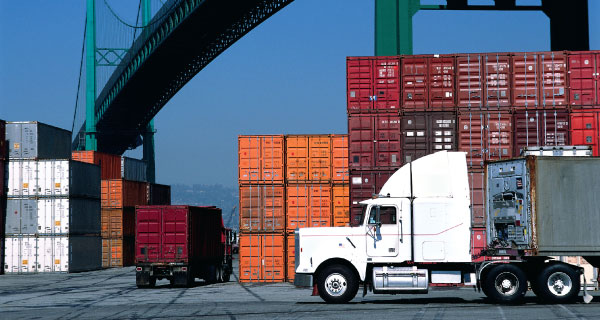
Trends—November 2010
A Break in the Chain: Solving the Port Chassis Problem When the Federal Motor Carrier Safety Administration (FMCSA) started enforcing its discursive Requirements for Intermodal Equipment Providers and for Motor Carriers and Drivers Operating Intermodal Equipment rule in December 2009, there weren’t enough containers flowing through U.S. ports to cause immediate alarm. Shippers and trucking […]
Read More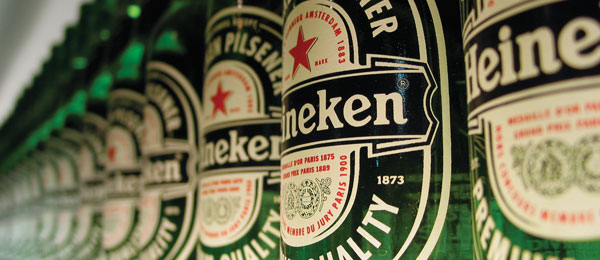
Global Logistics – November 2010
Heineken Tests Beer Float Heineken’s business is all about flow—from the brewery to the beer tap, and all logistics touches in between. Thanks to the new Alpherium inland container terminal in Alphen aan den Rijn, Netherlands, the beverage manufacturer’s supply chain flows a whole lot smoother. Heineken now ships export containers from its Zoeterwoude brewery […]
Read More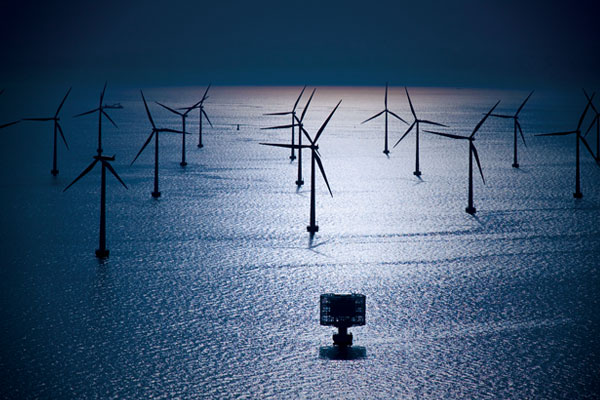
Global Logistics – October 2010
Northern Wind Blows Off Course Efforts to build offshore wind farms in Northern Europe are meeting gale force resistance because of supply chain limitations, according to a recent report by the Wall Street Journal. The United Kingdom, Denmark, the Netherlands, and Belgium are among the countries seeking to expand capacity to meet European Union mandates […]
Read More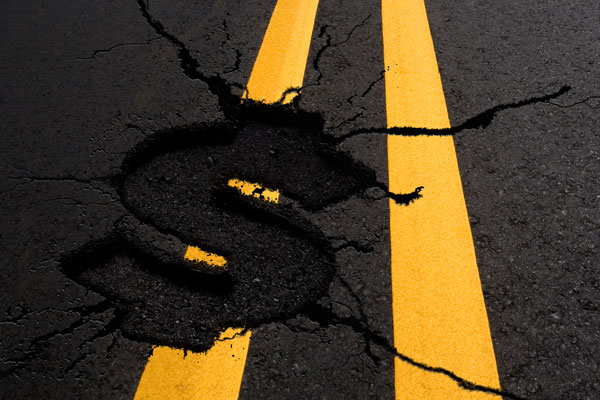
Trends—October 2010
U.S. Transportation Investment: A Political Pothole Drive any measurable distance across the United States and you’re bound to run into “Schneider Eggs”— trucker slang for sometimes-scrambled orange construction barrels. As much as road construction is an obstacle to efficiency and timeliness, it’s also a sign of progress, investment, and your tax dollars at work. Ironically, […]
Read MoreGlobal Logistics – September 2010
Audi Stops For Green Light Audi is pushing the accelerator in its pursuit of greener cars and a more sustainable supply chain. For example, in December 2009, Green Car Journal honored the German automotive manufacturer’s 2010 Audi A3 TDI as its Green Car of the Year. But the carmaker doesn’t stop there. Audi transports its […]
Read More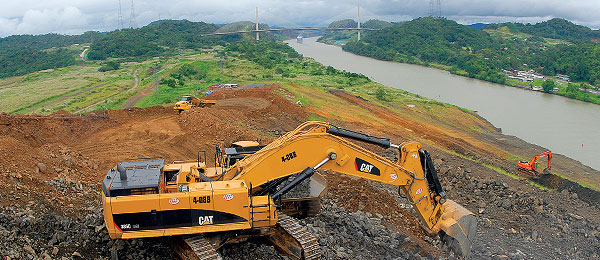
Trends—September 2010
U.S. Ports Dig Panama Gold For a wee slip of waterway, 48 miles in length and 33 feet wide at its narrowest, the Panama Canal has publicity buoyancy the likes of the two great oceans it connects—and the buzz is only building. Despite technology and globalization, the Canal has remained a vital gateway in the […]
Read More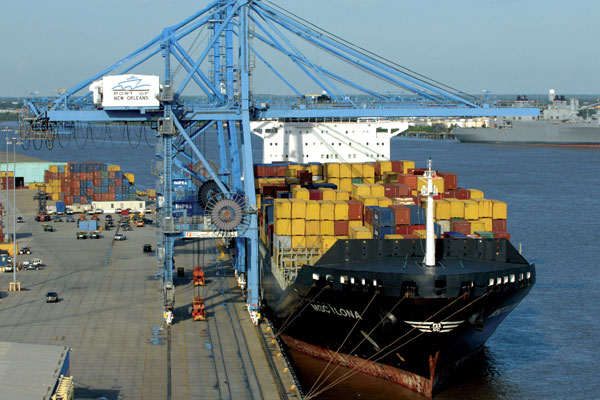
Trends—August 2010
Shipping Maintains Traction Despite Gulf Slick The considerable environmental impacts from British Petroleum’s (BP) Deepwater Horizon disaster in the Gulf of Mexico have cast a pall over the region, endangering delicate ecosystems and tourism industries alike. But to date, the oil crisis has had little negative impact on shipping in the heavily trafficked corridor. Gulf […]
Read More
Global Logistics—August 2010
CEVA’s Triumph Iconic British manufacturer Triumph Motorcycle —famous for giving Steve McQueen the wheels to leap reality in an equally iconic scene from The Great Escape —signed a three-year contract with CEVA Logistics to streamline, integrate, and optimize the global logistics flow of components, accessories, and finished goods. Triumph, which produces 50,000 motorcycles a year, […]
Read MoreGlobal Logistics–July 2010
Prince Rupert’s Princely Returns As the rest of the world deals with the aftershock of a global economic recession, British Columbia’s Port of Prince Rupert keeps steaming along with record traffic. Because the port is two days closer to Asia than any other West Coast gateway, isn’t bottlenecked with congestion, and has made considerable investments […]
Read More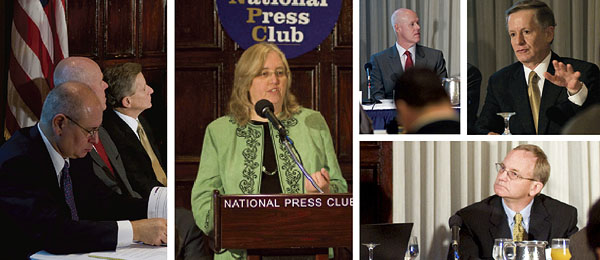
Trends—July 2010
21st annual State of Logistics Report: Beating the Recession; Making dollars and Sense out of Jabulanis and Vuvuzelas; Mergers and Acquisitions Show signs of Recovery
Read MoreGlobal Logistics—June 2010
Panama Canal Sets Great Expectations Geographically it’s not much of a stretch and historically there’s precedence. But the famous locks linking the Atlantic and Pacific Oceans will become the transportation and logistics hub of the Americas when expansion is complete, says Alberto Alemán Zubieta, administrator/CEO of the Panama Canal Authority. Speaking at the Panama Business […]
Read More
Trends—June 2010
Patagonia and Walmart Grow Green Together Sustainability mandates are fast becoming competitive differentiators for many companies, outwardly attracting green-thumbed consumers while inwardly reducing inefficiency and waste. But for outdoor clothing company Patagonia, being green is simply a matter of corporate karma. The Ventura, Calif.-based clothier has been on the "greening edge" of environmental best practices […]
Read More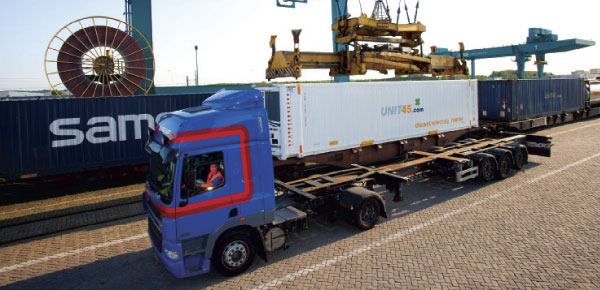
Global Logistics—May 2010
Netherlands Harvests Rail Efficiencies Combining two of the country’s national pastimes, flowers and trade, the Dutch are taking an innovative approach to exporting floriculture. Last year the GreenRail project—a partnership between flower auctioneer FloraHolland, the VGB (Association of Wholesalers in Floricultural Products), rail operator HUPAC, and 4PL e-Logistics Control—began arranging transportation for products along conventional […]
Read More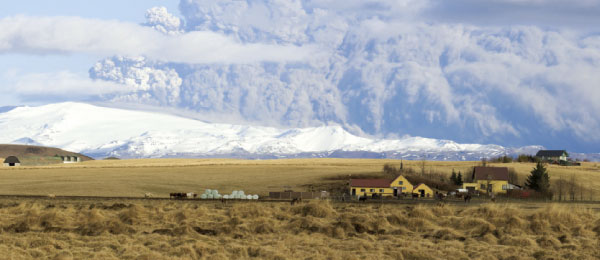
Trends—May 2010
Despite Interruptions European Integrators Express Themselves When an ash cloud from Iceland’s Eyjafjallajökull volcano forced the closure of most European airports and airspace in April 2010, express carriers TNT and DHL activated contingency plans and ramped up ground operations to cope with the service disruption. "The ground network allowed TNT to keep delivering customers’ goods […]
Read More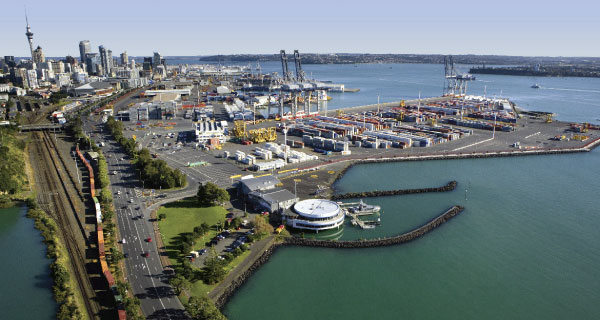
Global Logistics—April 2010
Kiwirail Kudos The Port of Auckland, New Zealand, is bringing marine transport directly to shipper doorsteps with the debut of its new Wiri-to-Waitemata seaport rail link. The intermodal shuttle connection helps exporters and importers drive efficiency and increase flexibility by enabling them to drop off and pick up containers without negotiating Auckland’s motorways. Shippers can […]
Read More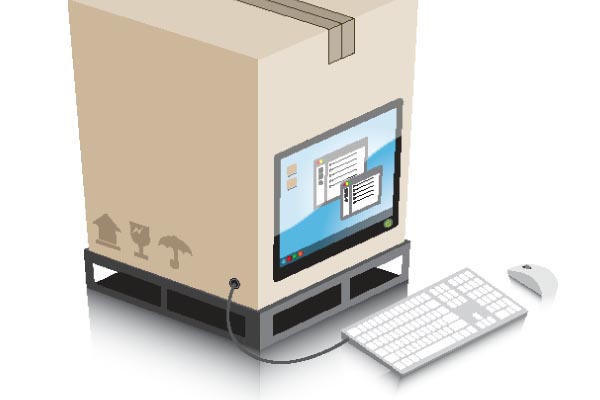
Trends—April 2010
Logistics IT: Keying Into Shipper Demand Inbound Logistics’ annual Top 100 Logistics IT Providers survey and outreach canvasses solutions providers to understand the challenges and opportunities their customers confront as they navigate the global supply chain. How and where shippers direct logistics technology spend exposes broader trends in the transportation and logistics space. Companies invest […]
Read More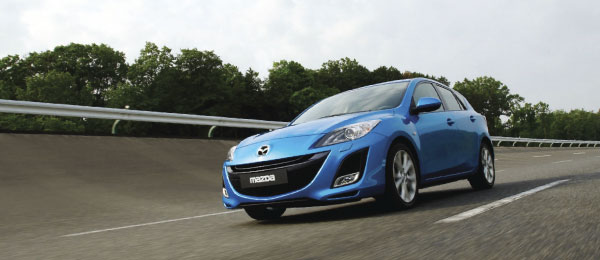
Global Logistics—March 2010
CEVA Goes Zoom Zoom Mazda has signed a three-year agreement with Dutch 3PL CEVA Logistics to manage spare parts distribution throughout Italy. CEVA collects parts daily from the automobile manufacturer’s warehouse in Klagenfurt, Austria, and transports them to its DC outside Bologna. The 3PL sorts and distributes an estimated 120,000 packages to 140 Mazda dealers […]
Read More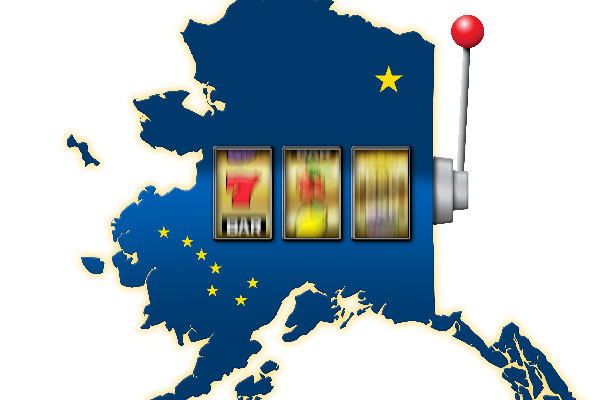
Trends–March 2010
Alaska Gambles on Arctic ‘Pipeline’ America’s Last Frontier could be on the edge of a new front for global trade if Congressman Don Young’s (R-AK) vision for an arctic port becomes reality. Alaska, which is wild by nature, also has a reputation for bringing impetuous infrastructure projects to the table—for example, the much-maligned “Bridge to […]
Read More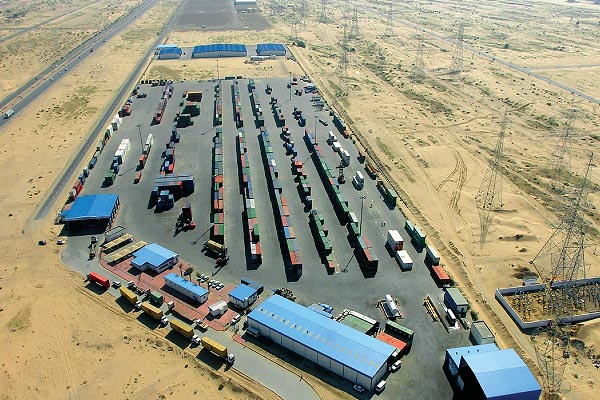
Global Logistics—February 2010
Middle East Logistics Heads North The Middle East’s express, freight forwarding, and logistics sectors are expected to weather a global depression and experience considerable growth during the coming years, according to Middle East Transport and Logistics 2010, a new report from Transport Intelligence, a Wiltshire, U.K.-based research firm. Despite recent problems in Dubai, foundations are […]
Read More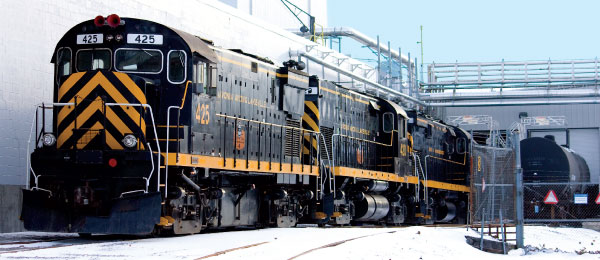
Trends—February 2010
The Little Railroad That Did Small railroad communities used to be widespread across the United States. Rural transportation and commerce were railroad-tied, each dependent on the other. In western New York towns such as Livonia, the past was very much aligned with the tracks. So is its future, thanks to a little foresight and determination. […]
Read More